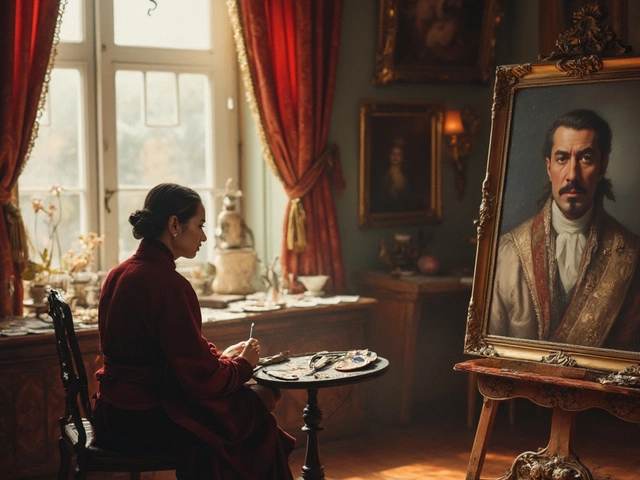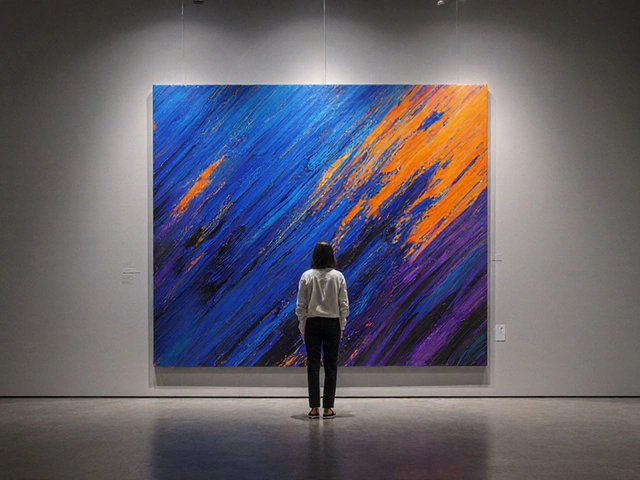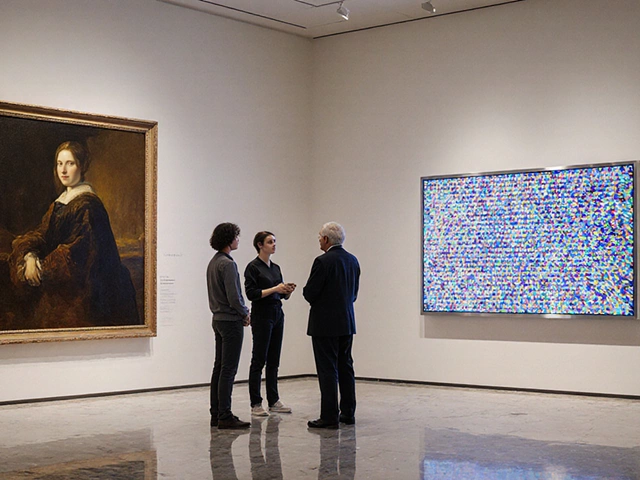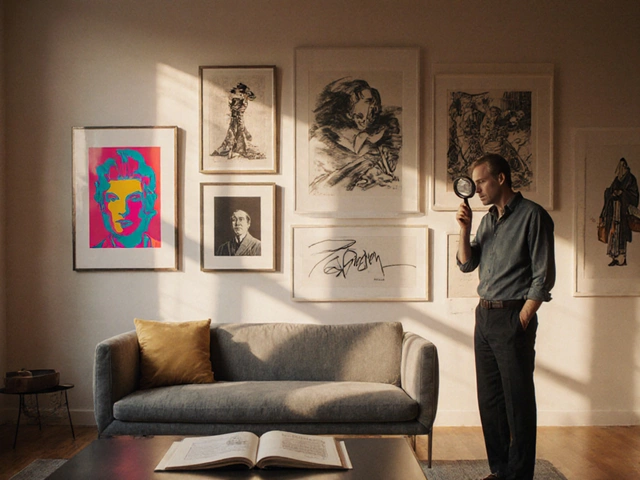Art Showcasing: Trends, Techniques & Opportunities
When working with art showcasing, the practice of presenting visual artwork to an audience through galleries, online platforms, public spaces or pop‑up events. Also known as art exhibition, it connects creators with viewers, builds community, and can drive sales or recognition. Art showcasing isn’t a single formula; it blends many forms. For example, digital art, computer‑generated pieces shared on websites, NFTs or projection walls often rely on screen quality and internet reach. landscape painting, works that capture natural scenery, from coastal cliffs to rolling hills shines when displayed in bright, spacious venues that mimic outdoors. And abstract art, non‑representational works that focus on color, shape and emotion thrives in settings that let viewers linger and interpret. These elements together create a rich, immersive experience.
Key Elements of Successful Art Showcasing
First, any showcase needs clear curation. Choosing the right mix of media—whether it’s digital prints, oil canvases or sculptural installations—sets the tone. Good curation also means arranging pieces so each work supports the next, creating a flow that keeps visitors engaged. Second, lighting matters; digital art benefits from even, glare‑free illumination, while landscape paintings need natural‑light mimicking to bring depth. Third, audience interaction drives success. Offering QR codes for digital downloads, live talks about technique, or hands‑on workshops turns a passive viewing into an active experience. Finally, promotion is essential. Social media teasers, local press releases and email newsletters help attract the right crowd and build buzz before the doors even open.
When sculpture, three‑dimensional works made from stone, metal, wood or mixed media enters a showcase, space planning becomes critical. Sculptures need room to be viewed from multiple angles, so floor layout and sightlines matter just as much as wall hangings. Many successful shows pair sculptures with related sketches or digital mock‑ups, giving visitors insight into the artist’s process. This approach not only educates but also highlights the craftsmanship behind each piece. In practice, organizers often provide pedestal height options and background colors that complement the material—marble looks stark against white, while bronze may glow against darker tones.
Abstract art, despite its free‑form reputation, often follows subtle guidelines. Artists experiment with contrast, rhythm and balance, and curators can emphasize these principles by grouping works with complementary palettes or recurring motifs. When abstract pieces share a thematic thread—like a focus on geometric patterns or emotive color fields—they create a visual dialogue that feels intentional rather than random. This kind of grouping supports the idea that “abstract art has hidden rules,” a notion that helps viewers feel comfortable while still being challenged. Pairing abstract works with explanatory panels or short video interviews can bridge the gap between intuition and understanding.
Photography, especially landscape photography, also plays a role in modern showcases. While not all photos qualify as fine art, those that capture dramatic light, weather or composition can stand alongside paintings and sculptures, enriching the narrative of place. Presenting large‑format prints in sleek frames adds a contemporary edge and invites comparisons between painted and captured scenery. For visitors, this blend showcases how different mediums interpret the same subject, deepening appreciation for technique and vision.
All these pieces—digital art, landscape painting, abstract art, sculpture and photography—show how diverse an art showcasing can be. Below, you’ll find a curated list of articles that dive deeper into each medium, share practical tips for monetizing digital creations, explore the history behind figures in scenery, and unpack the myths around abstract rules. Whether you’re an artist planning your first show or a viewer looking for fresh inspiration, the resources ahead will equip you with the knowledge to enjoy and create compelling exhibitions.
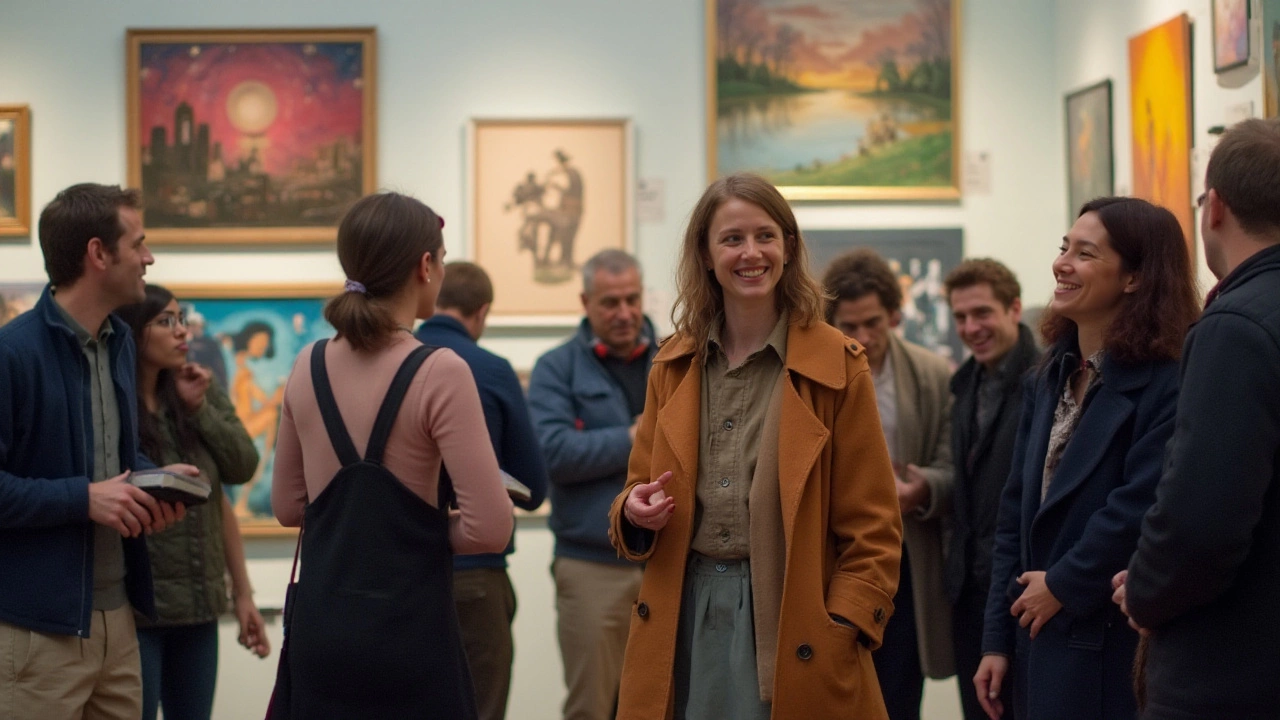
Exploring whether artists need to pay to showcase their work in galleries involves diving into the practices of the art world. While some galleries cover expenses for artists, others may charge fees for exhibitions. Understanding these dynamics is crucial for artists seeking exposure. This article sheds light on artists' financial involvement in gallery exhibitions, unpacking both traditional and modern gallery practices.
